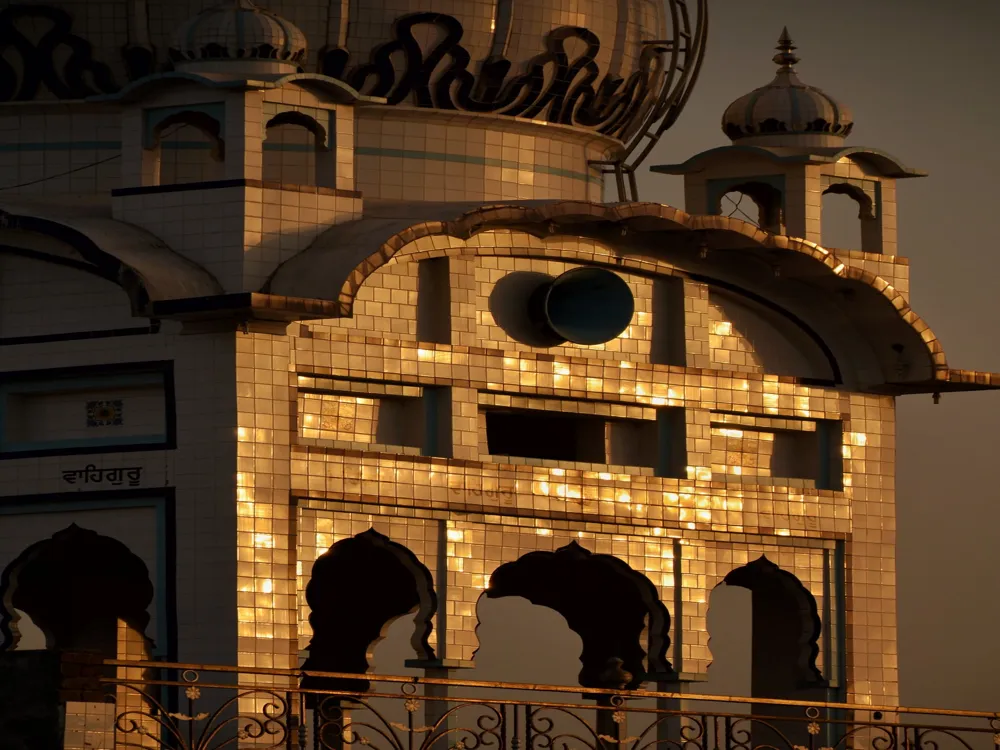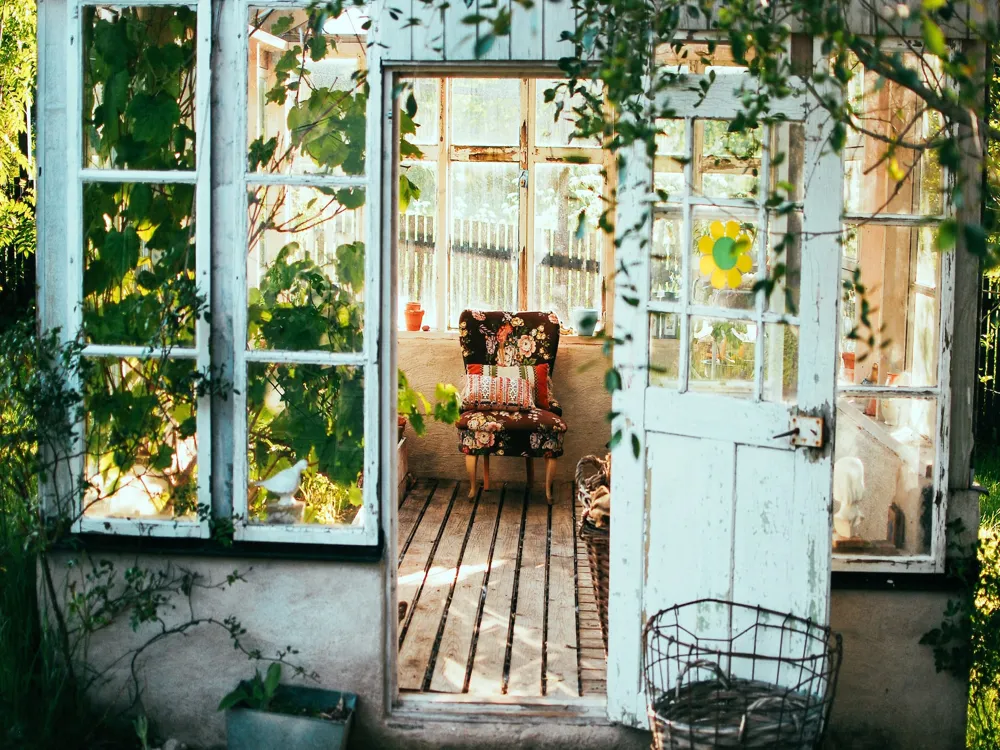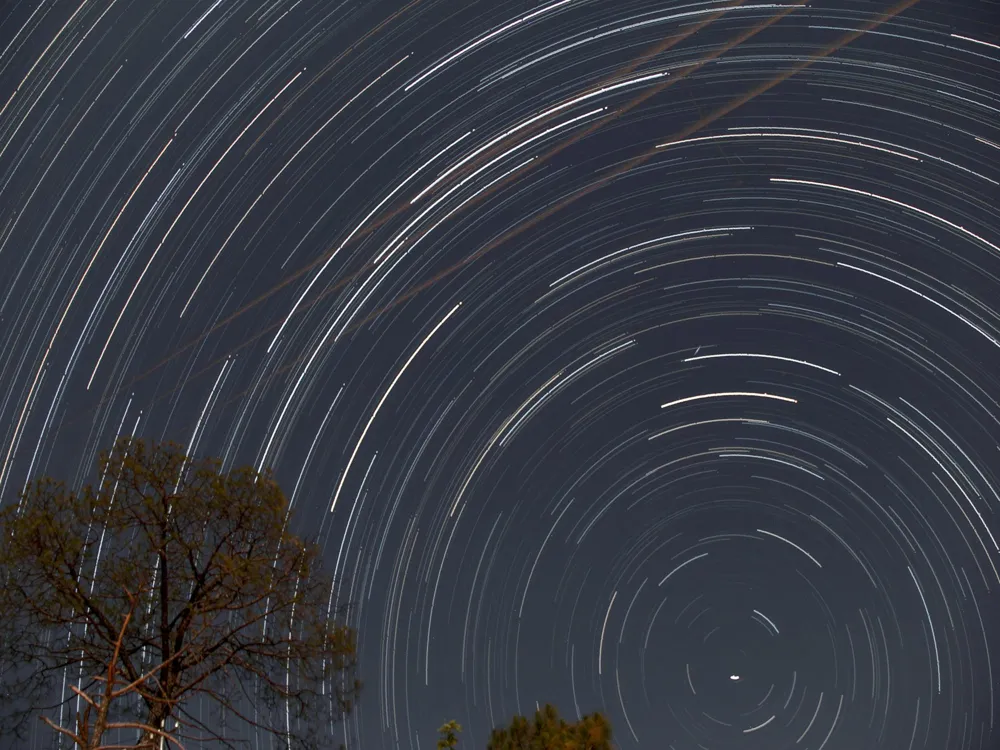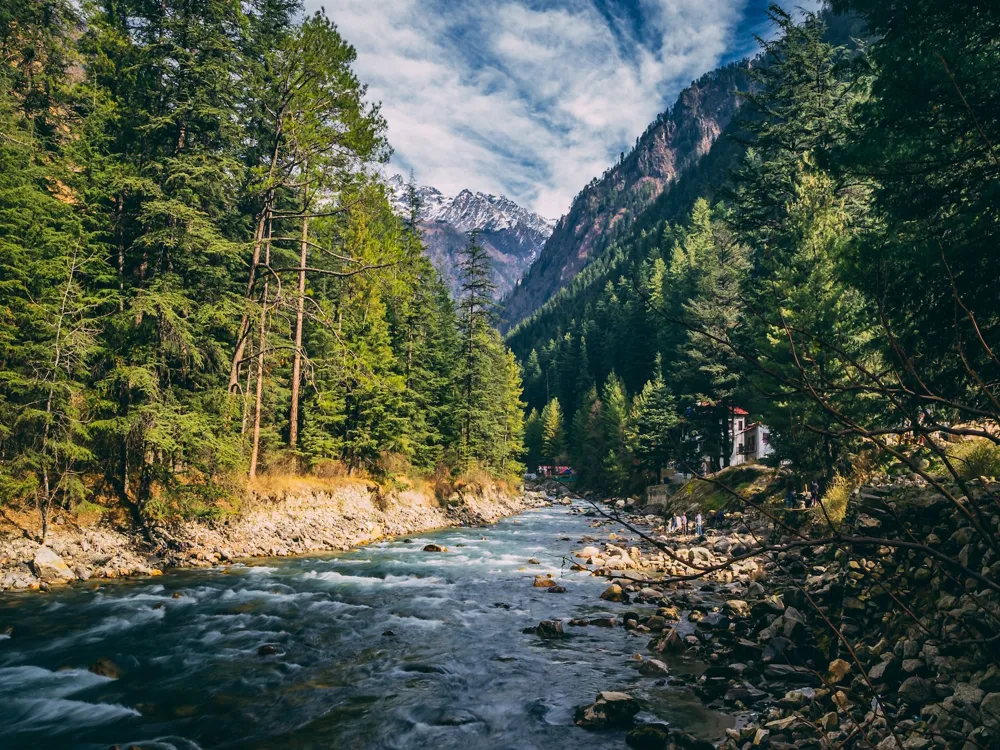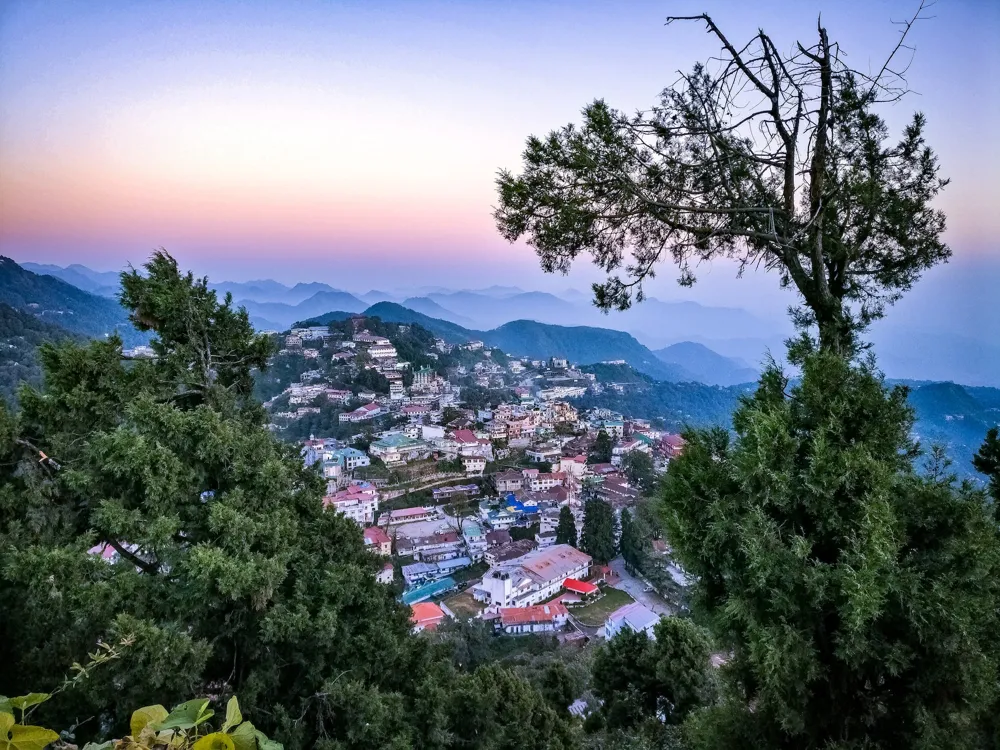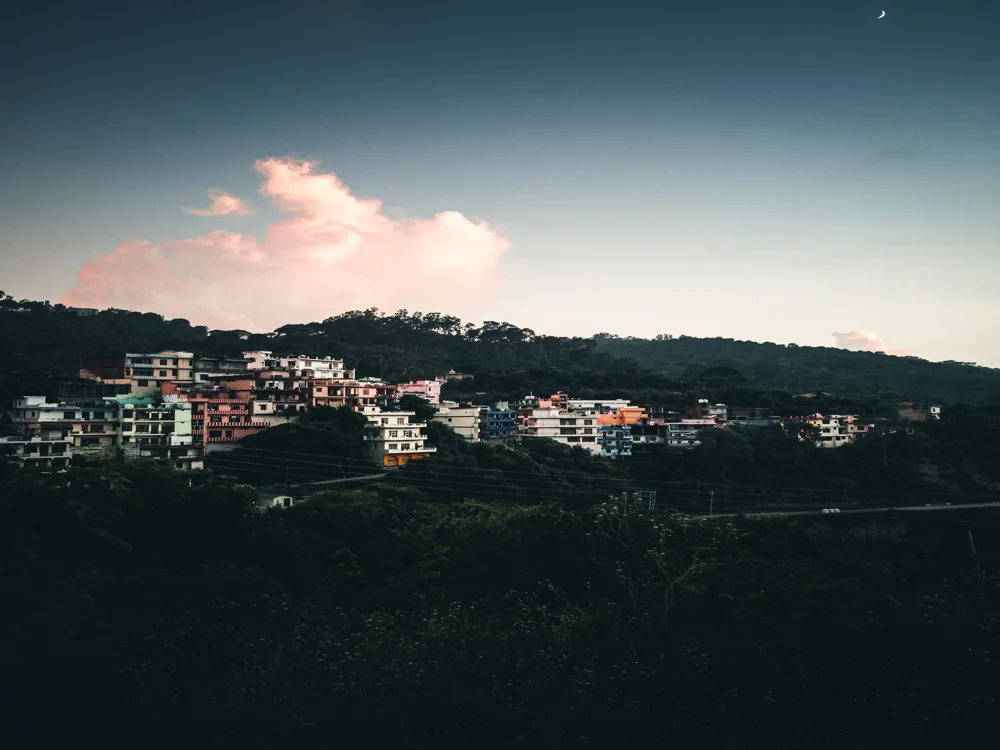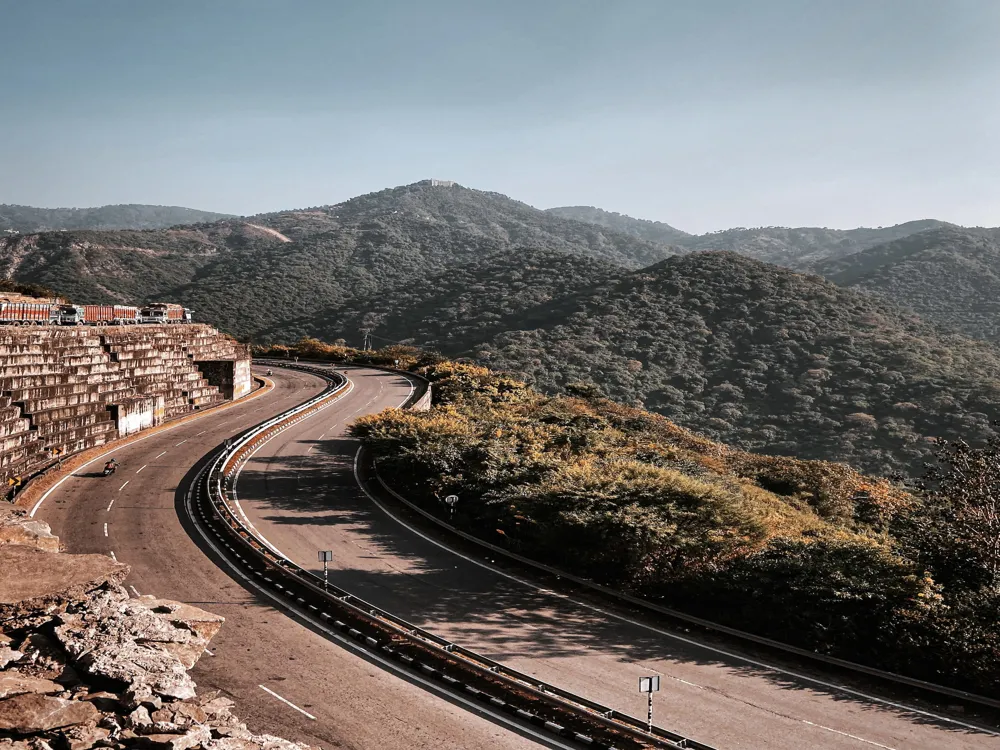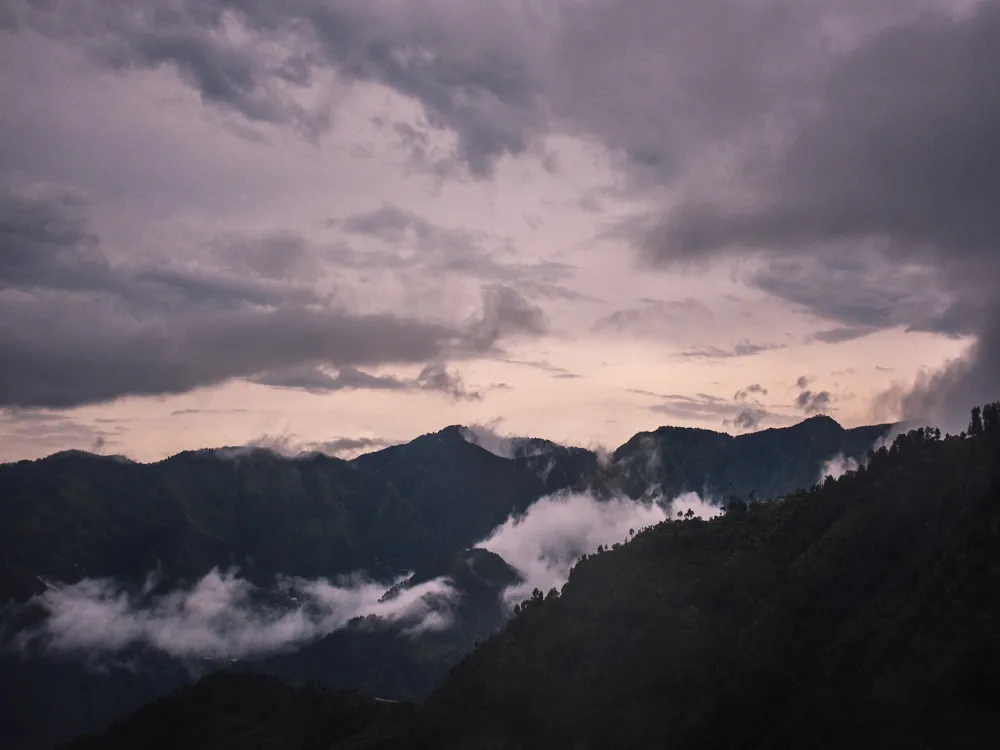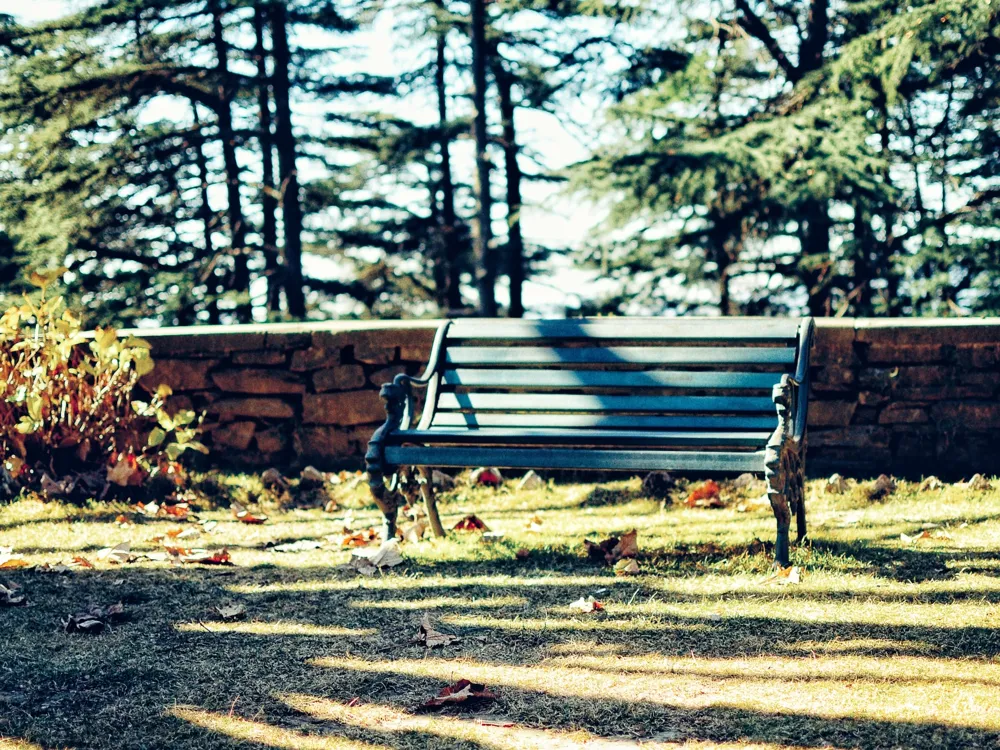The Capitol Complex in Chandigarh, India, is a government compound designed by the architect Le Corbusier and is a UNESCO World Heritage Site. This architectural marvel is renowned for its innovative design and cultural significance, embodying the modernist vision of Chandigarh's urban planning. The Capitol Complex stands as a symbol of the post-independence development of India. It showcases an amalgamation of modernist architecture with local cultural influences, featuring bold geometric forms, raw concrete structures, and minimalist aesthetics. The complex includes three main buildings - the Legislative Assembly, the Secretariat, and the High Court. Before visiting the Capitol Complex, it's important to plan your trip. Check the visiting hours and any entry requirements. Guided tours are available and are an excellent way to understand the complex's architectural significance. Photography may be restricted in certain areas of the complex. Always ask for permission and respect the rules set by the authorities. Chandigarh can be quite warm during the summer months. Wear comfortable clothing, bring water, and wear sunscreen to protect yourself from the sun. The Capitol Complex is located in Sector 1 of Chandigarh and is easily accessible by various modes of transport. Visitors can reach the complex by taxi, auto-rickshaw, or bus from different parts of the city. For those coming from outside the city, Chandigarh is well-connected by air, rail, and road to major cities in India. READ MORE:-Overview of Capitol Complex, Chandigarh
Union Territory Architecture of Capitol Complex
Tips When Visiting Capitol Complex
Planning Your Visit
Photography Rules
Weather Considerations
How To Reach Capitol Complex
Capitol Complex
Chandigarh
Union Territory
₹ 7,000 onwards
View chandigarh Packages
Weather :
Label : Must Visit
Tags : Monument
Time Required : 2 to 3 hours
Planning a Trip? Ask Your Question
Chandigarh Travel Packages
View All Packages For Chandigarh
Top Hotel Collections for Chandigarh

Private Pool

Luxury Hotels

5-Star Hotels

Pet Friendly
Top Hotels Near Chandigarh
Other Top Ranking Places In Chandigarh
View All Places To Visit In chandigarh
View chandigarh Packages
Weather :
Label : Must Visit
Tags : Monument
Time Required : 2 to 3 hours
Planning a Trip? Ask Your Question
Chandigarh Travel Packages
View All Packages For Chandigarh
Top Hotel Collections for Chandigarh

Private Pool

Luxury Hotels

5-Star Hotels

Pet Friendly








